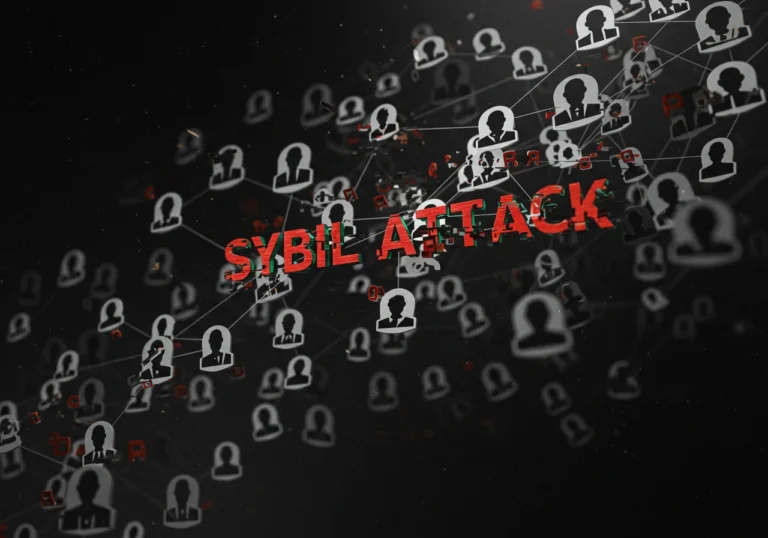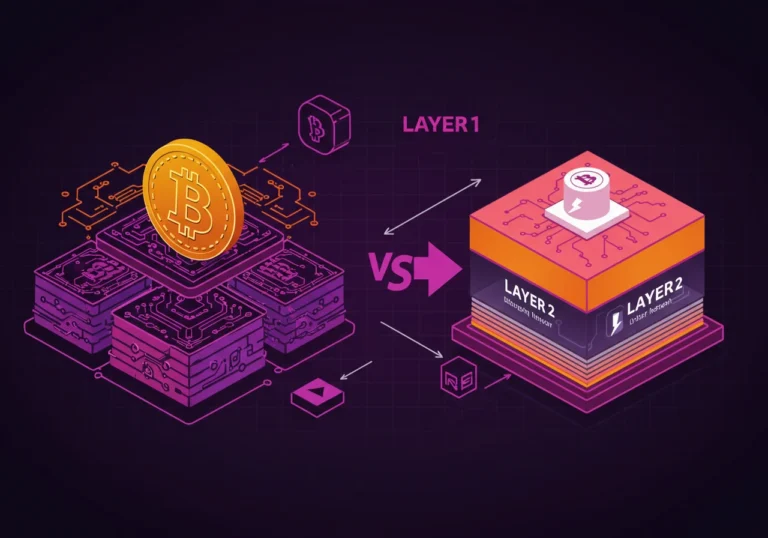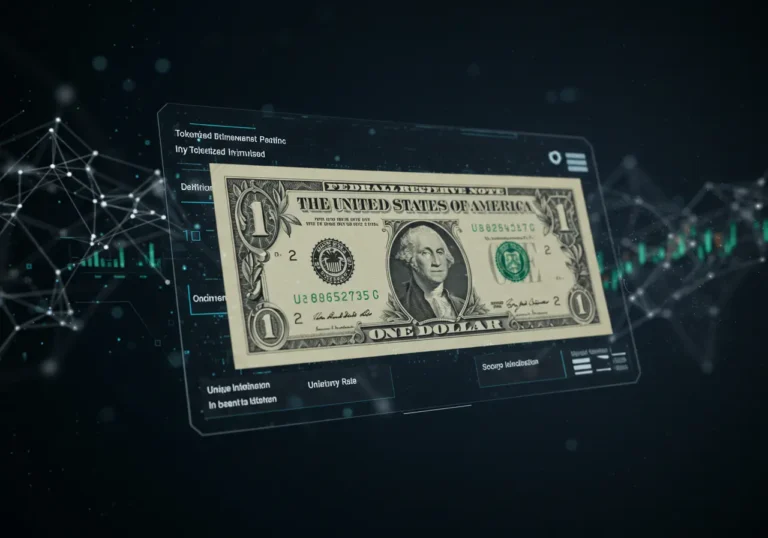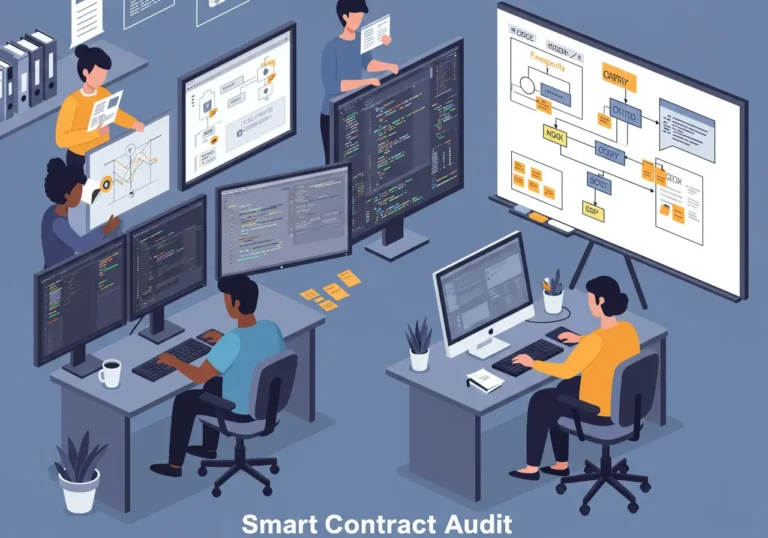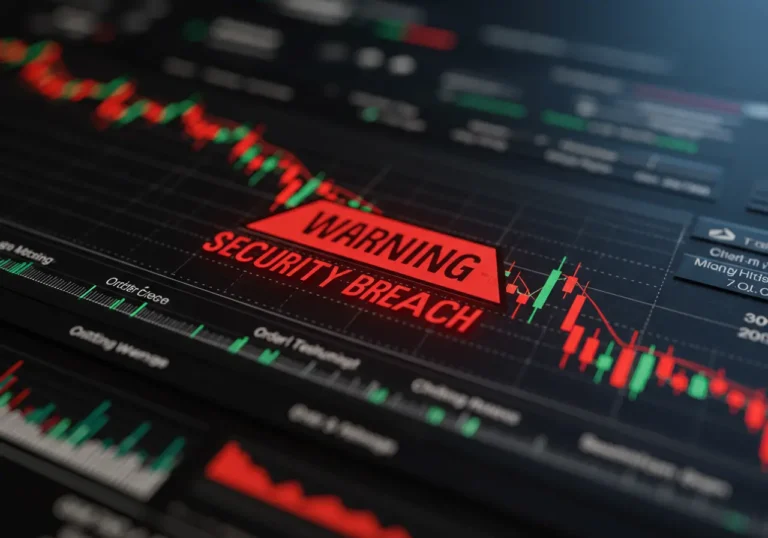The Dangers of On-Chain Doxing: Protecting Your Privacy
On-chain Doxing is a growing problem. It starts simple: public blockchain records plus a few online clues. Over time, those pieces create a full picture of a real person. This article explains what on-chain doxing looks like, why it matters, and the practical steps you can take right now to reduce risk and keep your life private.
What is On-chain Doxing and why it matters
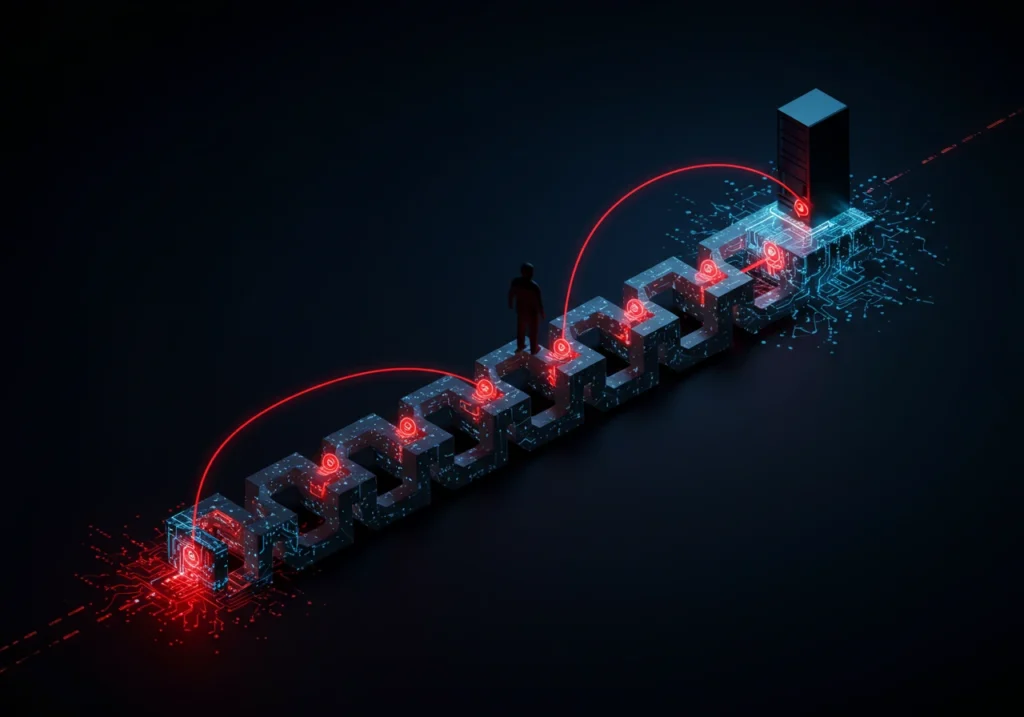
On-chain Doxing means exposing someone’s personal information by linking their real identity to their public blockchain activity. Blockchains are transparent by design — transactions and wallet addresses are public. That transparency is valuable. It also means anyone who wants to can follow the money, trace connections, and combine on-chain data with information found off-chain (social media, forums, domain registrations).
When attackers or curious people combine those pieces, they can create a dox — a public disclosure of private details. That can lead to harassment, theft, extortion, and worse. The main problem is personal information exposure: a few data points on the blockchain can become a full profile with names, locations, job, or financial holdings.
How on-chain doxing happens: simple paths from public data to private life
On-chain doxing usually follows a few common steps. Each step is small, but together they build a full story:
- Address reuse: You use the same wallet address for multiple actions — trading, minting NFTs, or receiving funds. Those actions leave a public trail.
- Linking on-chain to off-chain identities: You post a tweet about your new NFT and include the wallet address, or you list a donation address on your blog. That direct link ties your name to the wallet.
- Data aggregation: A tracker or analyst pulls transactions and token holdings for that wallet. They check who sent or received funds and what contracts the wallet interacted with.
- Cross-referencing: The analyst looks for other public information that mentions the same wallet — social posts, marketplace handles, or domain registration. Suddenly many small clues point to a single person.
- Publication or misuse: Once done, the dox can be shared in public channels, used to harass, or the attacker can use it to pressure the person to move funds or pay.
This pipeline is why on-chain doxing risks are real for people who mix public crypto activity with identifiable online traces.
Common blockchain technology vulnerabilities that help doxers

A few features of blockchain systems make doxing easier. Understanding them helps you avoid mistakes.
- Transparent ledgers: Every transaction is public forever. If you or someone linked to you ever touched an address, that history is visible.
- Address clustering and analytics: Tools can group addresses likely controlled by the same person, revealing a wider set of actions than one address alone.
- Name systems and metadata: Services like ENS can attach human-readable names or metadata to addresses. If that metadata includes an email or profile, it’s a direct dox vector.
- On-chain identity reuse: Signing messages or connecting wallets to social accounts creates verifiable links. That can be convenient — and dangerous.
- Bridges and mixers: While helpful for moving assets, bridges and some mixers can leak metadata or create patterns that tracing algorithms exploit.
These blockchain technology vulnerabilities are not bugs to fix quickly — they’re design trade-offs. They give power and transparency at the cost of privacy. Your job is to use that power carefully.
Real-life examples: how small slips lead to big privacy breaches
Think about these everyday scenarios:
- A creator mints NFTs and posts their wallet address in a Discord. An attacker screenshots the message, checks the wallet’s history, finds a large payment from a client, and hunts down the client’s company email. Next, the attacker sends threatening messages to the company.
- Someone connects a wallet to a Web3 game using the same username they use on other sites. A simple search for the username reveals personal photos and a home city. A bad actor now knows where to target harassment.
- A wallet that once received funds from a charity share is labeled publicly as “donor,” and local news links the donation to a real person. Their support, once private, becomes public and could create social problems.
These examples show how small, casual actions create paths for personal information exposure.
Who is at risk? Spoiler: almost everyone who mixes on-chain and off-chain
Some people think only public figures or large holders are targets. That is not true. Anyone who posts a wallet address, uses the same handle across sites, or signs messages in public can be doxed. Targets include:
- Creators and artists who share addresses for tips or NFT sales.
- Journalists and activists in sensitive contexts.
- Developers and founders who register domains or sign messages.
- Everyday users who reused addresses or posted transactions publicly.
Because of this, online identity security must be part of normal crypto hygiene for anyone who uses blockchain services.
Practical privacy protection measures you can use today

You don’t need to be a privacy expert to reduce your risk. Here are clear privacy protection measures that help right now.
Use separate wallets for separate activities
Keep at least one clean, “public” wallet for small interactions (tips, social media) and another cold or private wallet for savings. Never reuse your main wallet for public activities. Treat each wallet like a separate identity.
Avoid linking wallets to public profiles
Do not publish wallet addresses on the same page as your real name, profile, or email. If you give an address for donations, consider using a burner address you replace regularly.
Limit metadata in name services
If you use ENS or similar name systems, avoid adding personal contact details or profile information that ties the name to your identity.
Revoke unnecessary approvals and clean allowances
Token approvals can give contracts the right to move your tokens. Regularly review and revoke allowances for contracts you no longer use. This reduces how easily attackers can drain funds if they gain access.
Use privacy-focused tools carefully and legally
Tools like privacy wallets, mixers, and CoinJoin services can obscure on-chain links. Use them with caution and within legal frameworks in your jurisdiction. Understand that mixing alone does not guarantee anonymity, especially if earlier links exist.
Protect off-chain traces
Use unique usernames for crypto activity. Avoid using your primary email for public blockchain interactions. Small changes in behavior reduce the signals attackers use to connect dots.
Use hardware wallets and strong key management
Never expose your seed phrase or private keys. Hardware wallets keep keys offline and reduce the risk of remote compromise, which often precedes doxing and theft.
Monitor and set alerts
Use blockchain explorers and alerting tools to watch your important addresses. If someone else interacts with your public addresses unexpectedly, you can act fast.
These steps are practical and work for people at all experience levels.
Dealing with on-chain doxing if it happens to you
If you discover you’ve been doxed, take calm, immediate action:
- Document everything. Take screenshots of posts, copies of messages, and tx hashes.
- Move funds if at risk. If attackers threaten to steal money, move assets to a secure wallet you control — but only if you are sure you’re not following a scam instruction. Hardware wallets and new addresses help.
- Revoke approvals and change accounts. If an exposed contract has approvals, revoke them. Create new burner addresses for public interactions.
- Report to platform hosts. If the dox appears on social media, report it and request takedowns. Many sites have policies against doxing.
- Contact exchanges. If stolen funds are heading to an exchange, provide the evidence and ask for help. Exchanges can freeze deposits in some cases.
- Consider law enforcement. For threats, extortion, or large thefts, report to local law enforcement with your documentation.
- Limit further exposure. Change usernames, remove personal data from public sites, and alert friends and contacts to avoid further spread.
Moving quickly and methodically reduces damage and helps professionals assist you.
Longer-term privacy strategies and tools
For stronger, long-term protection consider these approaches:
- Use privacy-preserving wallets that minimize on-chain metadata. They’re designed to avoid patterns analytic tools pick up.
- Practice good OPSEC (operational security): separate identities, unique devices for certain activities, and minimal public sharing.
- Adopt privacy-preserving naming: use names that don’t reflect your real name or email.
- Work with professionals for high-risk situations: digital privacy experts, lawyers, and security consultants can help plan responses.
- Support privacy-respecting projects that aim to build better on-chain privacy tools and protocols.
These longer-term strategies require learning and sometimes cost, but they significantly reduce on-chain doxing risks for people who need strong protection.
Why the problem is social, not just technical
On-chain doxing is not only about technology. It is social. Attackers often use social engineering, public records, and simple Google searches to build dossiers. Communities might rush to share a suspected dox without verification, amplifying harm.
That’s why part of privacy protection is community norms: don’t post private details, verify claims before sharing, and help victims by reporting harmful content. A kinder online culture makes doxing less effective.
Conclusion — practical privacy protects peace of mind
OnChain Doxing is real and growing, but it is also manageable. The most important idea is this: small habits protect more than panic. Use separate wallets. Avoid linking your on-chain life to your off-chain identity. Revoke permissions and keep keys safe. Monitor your addresses and act quickly if you see exposure. Privacy is not perfect, but the steps above lower risk and protect your peace of mind.
If you care about your privacy, make a plan today. Move public activity to burner wallets, clean allowances, and set simple alerts. Taking a few calm actions now saves time and worry later.
Summary
- OnChain Doxing links public blockchain activity to real identities and can cause harassment or theft.
- On-chain doxing risks include aggregation of transactions, name services, address reuse, and social engineering.
- Use privacy protection measures: separate wallets, avoid public links, revoke approvals, use hardware wallets, and monitor addresses.
- Personal information exposure often starts with small slips — a posted address, a shared handle, or a domain registration.
- Blockchain technology vulnerabilities (transparent ledgers, analytics, name systems) make doxing possible.
- Strengthening online identity security means both technical and social steps: limit public traces and educate your circle.
FAQ
Q: Is blockchain anonymous?
A: No. Blockchains are pseudonymous. Transactions are public and can be linked to real identities through clues and off-chain data.
Q: Can I remove data once it’s on-chain?
A: No, you cannot erase on-chain records. You can reduce future exposure by moving funds, revoking approvals, and changing behavior.
Q: Are mixers legal and do they guarantee privacy?
A: Laws vary by country. Mixers can help obfuscate trails but do not guarantee anonymity, especially if earlier links exist or if the mixer is compromised.
Q: Should I stop using crypto publicly?
A: Not necessarily. Use burner wallets for public interactions and keep private funds in separate, well-protected wallets. That balance protects privacy while allowing participation.
Q: Where can I get help if I’m doxed?
A: Document everything, report abusive posts to platforms, contact exchanges if funds are involved, and consider legal or security professionals for serious threats.
If you’d like, I can make a printable one-page checklist of privacy steps you can follow today. Which format would you prefer — PDF or simple text?
Table of Contents

Hello, I’m Edmilson Dias, founder of CoinBringer. I created this platform to guide people through the fast-moving world of cryptocurrency with clarity and safety. With years of research in blockchain and digital security, my goal is to translate complex topics into practical knowledge, offering reliable tutorials, safety insights, and guidance for both newcomers and experienced users.
Discover more from CoinBringer
Subscribe to get the latest posts sent to your email.


